The Bichon Frise, with its cloud-like coat and cheerful demeanor, has long been a favorite among dog lovers. This small but spirited breed is known for its hypoallergenic, curly fur that requires dedicated care to maintain its signature puffiness. Unlike many other breeds, the Bichon’s double coat doesn’t shed much, but that doesn’t mean grooming is optional. In fact, neglecting their unique fur can lead to painful matting, skin irritation, and a loss of that iconic cotton-ball appearance.
Understanding the texture and growth cycle of a Bichon’s coat is the foundation of proper care. Their hair grows continuously, much like human hair, which means regular trimming is essential. However, cutting too short can damage the delicate curl pattern that gives the breed its volume. Professional groomers often recommend a "puppy cut" for pet owners who want manageable maintenance while preserving the plush look. The undercoat is dense and soft, while the outer coat has a springy texture that resists dirt—a trait that historically made them popular with Renaissance nobility.
Daily brushing isn’t just about detangling—it’s a ritual that stimulates blood flow to hair follicles. Many owners make the mistake of using slicker brushes designed for single-coated breeds, which can break the Bichon’s fragile curls. Instead, a pin brush with rounded tips paired with a metal comb works wonders. Start at the ears, working downward in sections, and pay special attention to friction areas like behind the legs and under the collar. During brushing sessions, spritzing with a leave-in conditioner spray prevents static and reduces breakage. Those white strands are prone to oxidation (that yellowish tinge near the eyes), so pH-balanced products are crucial.
Bathing frequency sparks debate among Bichon enthusiasts. While monthly washes suffice for some dogs, this breed’s oil distribution differs—their skin produces less natural moisture, yet their hair readily absorbs environmental grime. The key lies in water temperature and product selection. Lukewarm water opens the hair cuticle just enough for cleansing without stripping oils, while cool final rinses seal the shafts for shine. Clarifying shampoos should be avoided; opt for oatmeal or coconut-based formulas instead. Surprisingly, thorough drying matters more than washing technique. A damp undercoat becomes a breeding ground for fungus, so invest in a high-velocity dryer that separates hairs without overheating.
Diet plays an underrated role in coat health. The protein-rich meals that keep many breeds thriving might not provide enough fatty acids for a Bichon’s hair growth. Salmon oil supplements or eggs mixed into kibble can enhance elasticity and sheen. Some owners swear by adding a teaspoon of flaxseed oil to meals twice weekly, though veterinarians caution against over-supplementation. Hydration also impacts fur texture—a dehydrated Bichon’s coat loses bounce, so always keep fresh water available and consider wet food during dry seasons.
Seasonal changes demand adjustments in grooming routines. Winter brings static electricity that causes flyaways, while summer humidity encourages curl tightening. Professional groomers suggest slightly longer cuts before cold months for insulation, then more frequent trims in spring to remove winter damage. Paw pads need special attention too—long hair between toes collects ice melt chemicals or hot pavement debris. Using rounded scissors to trim this area prevents painful matting between the delicate digits.
Beyond aesthetics, proper coat care prevents health issues. Matted hair pulls at skin, causing sores that often go unnoticed until infected. Tear stains—those rusty streaks below the eyes—stem from multiple factors including blocked tear ducts exacerbated by hair intrusion. Regular face trimming with blunt-nosed scissors (never near the eyeball) improves drainage. Ear infections plague many Bichons because their hairy ear canals trap moisture; plucking these hairs during grooming sessions allows air circulation.
The emotional aspect of grooming shouldn’t be overlooked. Bichons thrive on human interaction, and turning brushing into bonding time reduces stress for both pet and owner. Keep sessions short initially, offering treats and praise. Many dogs learn to associate the grooming table with affection, especially when owners mimic the gentle "fluffing" technique show handlers use—lifting sections of hair upward with a comb while blow-drying to create maximum volume. This not only builds trust but also trains the coat to stand away from the body naturally.
Show dogs receive next-level care that pet owners can adapt. Before competitions, handlers may apply chalk powder to enhance whiteness (brushed out thoroughly afterward) or use specialized sprays that temporarily thicken each strand. While such techniques aren’t practical for daily life, they demonstrate how much the breed’s appearance relies on attentive grooming rather than natural fluffiness. Even between professional grooms, a five-minute daily "fluff and check" routine maintains that signature bounce.
Ultimately, a Bichon’s glorious coat reflects its overall wellbeing. Dull or thinning hair sometimes signals thyroid issues or allergies, not just poor grooming. That snow-white fluff acts as a health barometer—when properly maintained, it doesn’t just turn heads at the dog park. It whispers a story of dedicated care, of a partnership between human hands and canine beauty, of the joyful responsibility that comes with owning this living cotton ball. The effort pays off every time someone can’t resist reaching out to pet that impossibly soft, cloud-like puff of happiness.
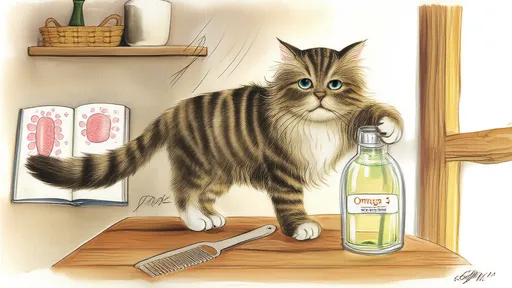
By /Jun 28, 2025
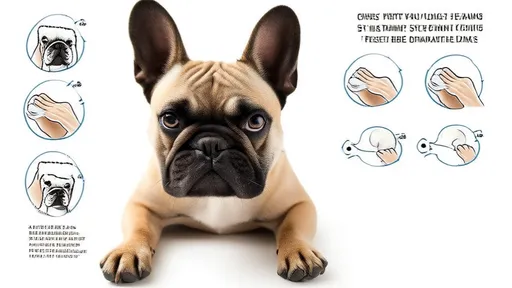
By /Jun 28, 2025
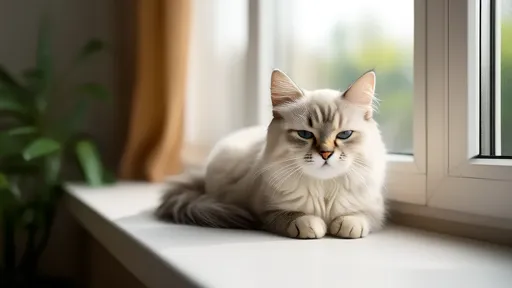
By /Jun 28, 2025
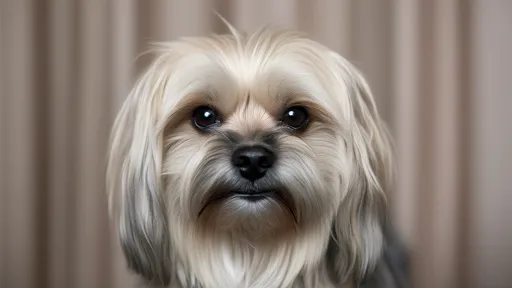
By /Jun 28, 2025
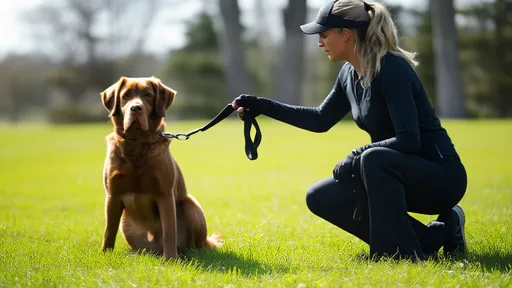
By /Jun 28, 2025
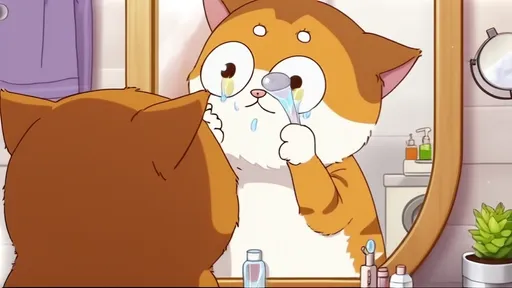
By /Jun 28, 2025
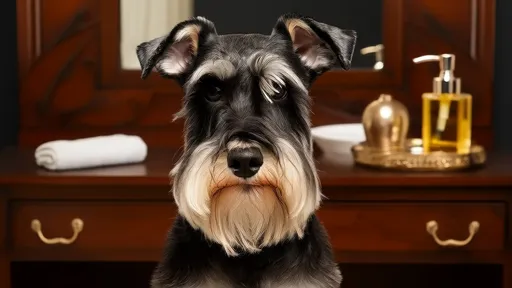
By /Jun 28, 2025
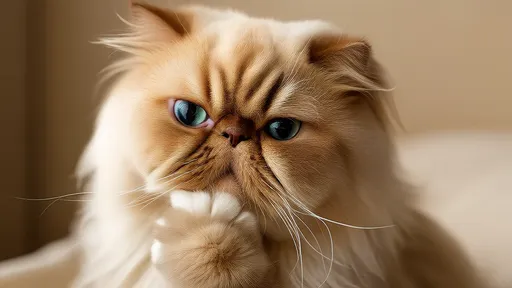
By /Jun 28, 2025
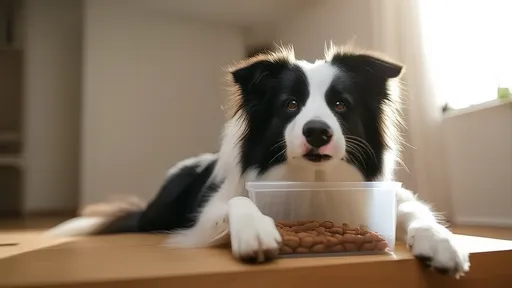
By /Jun 28, 2025
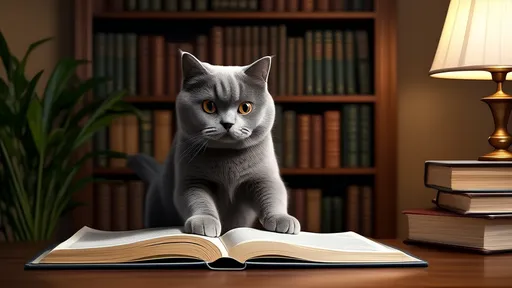
By /Jun 28, 2025
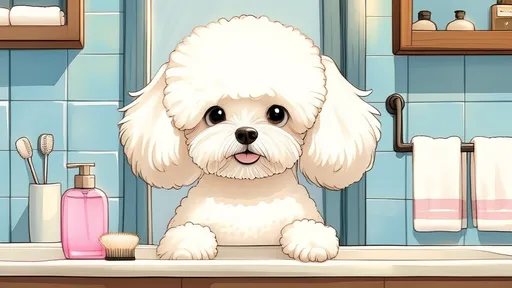
By /Jun 28, 2025
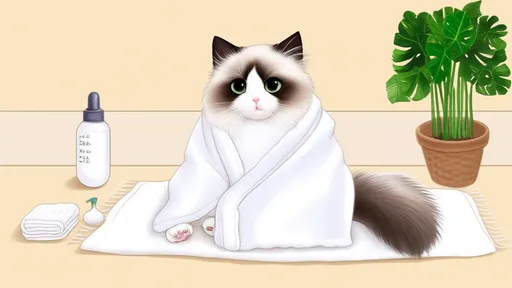
By /Jun 28, 2025
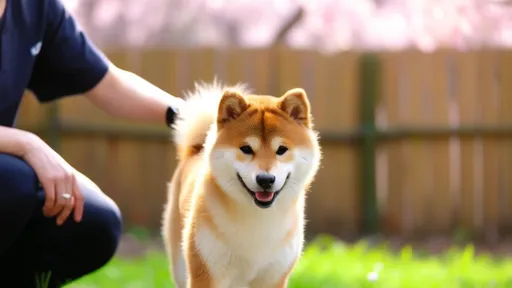
By /Jun 28, 2025
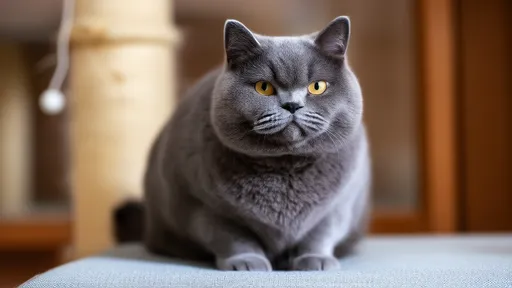
By /Jun 28, 2025
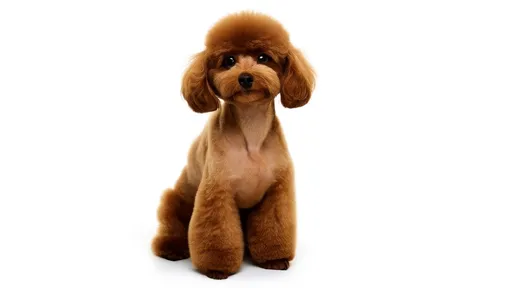
By /Jun 28, 2025
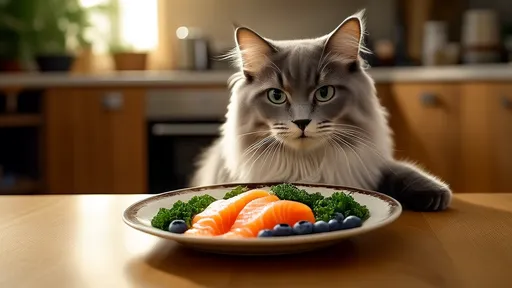
By /Jun 28, 2025
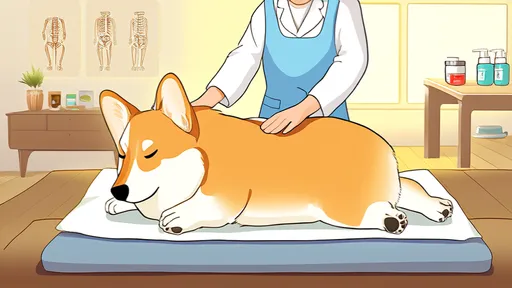
By /Jun 28, 2025
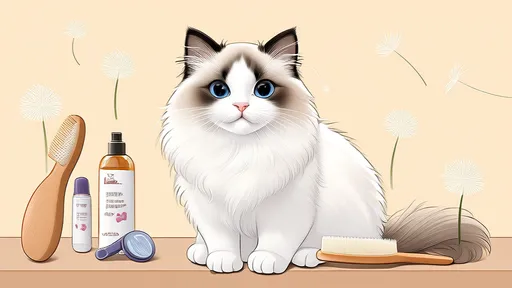
By /Jun 28, 2025